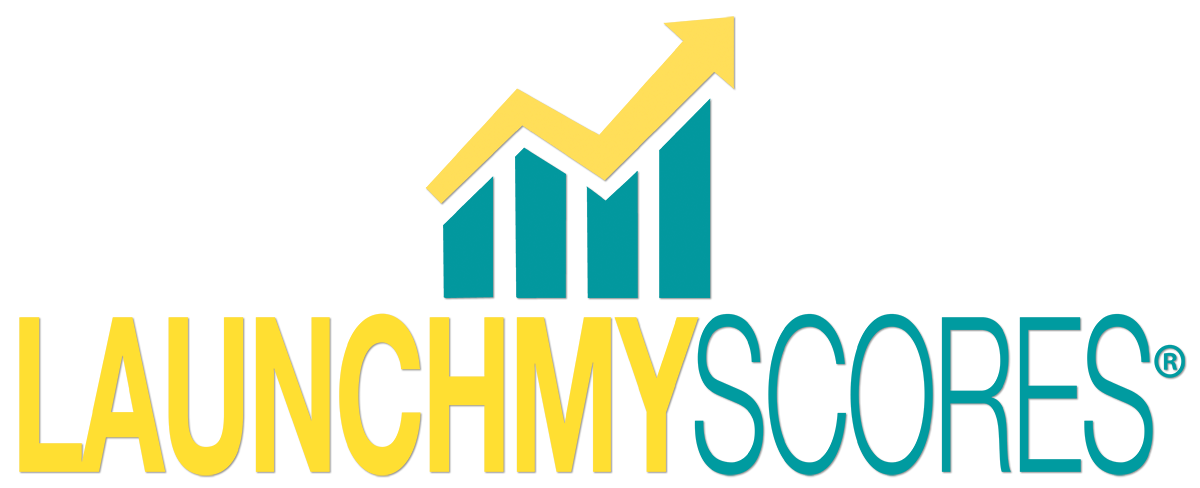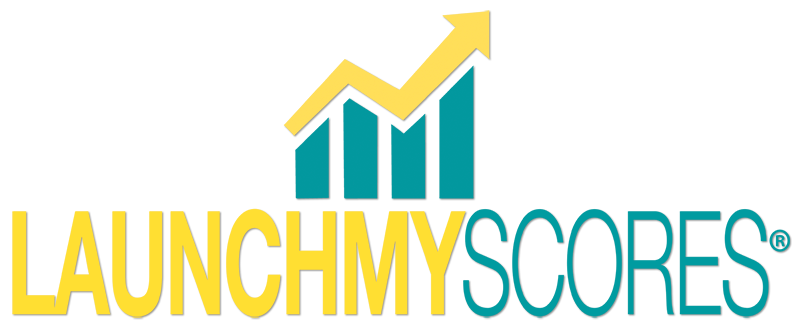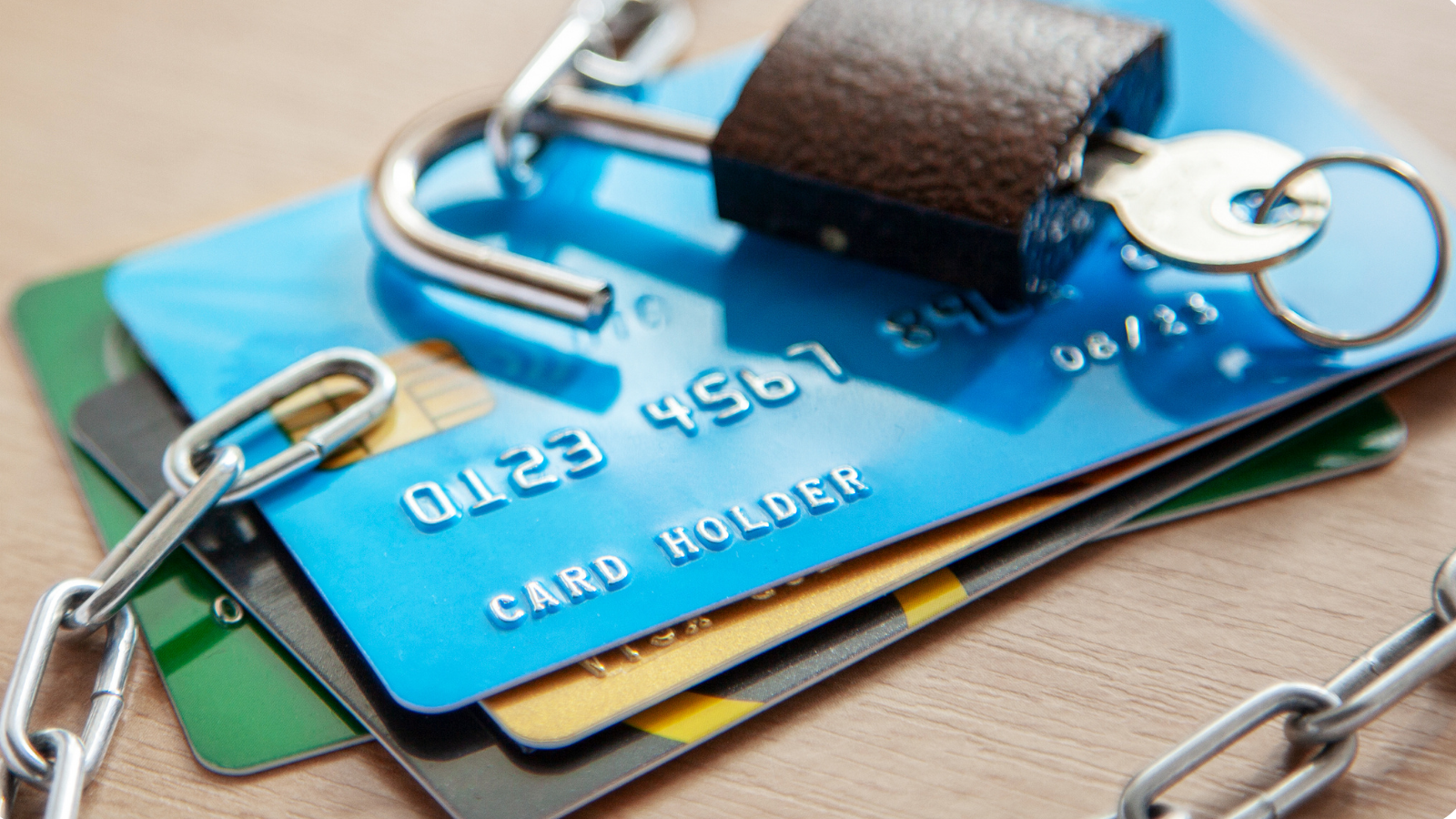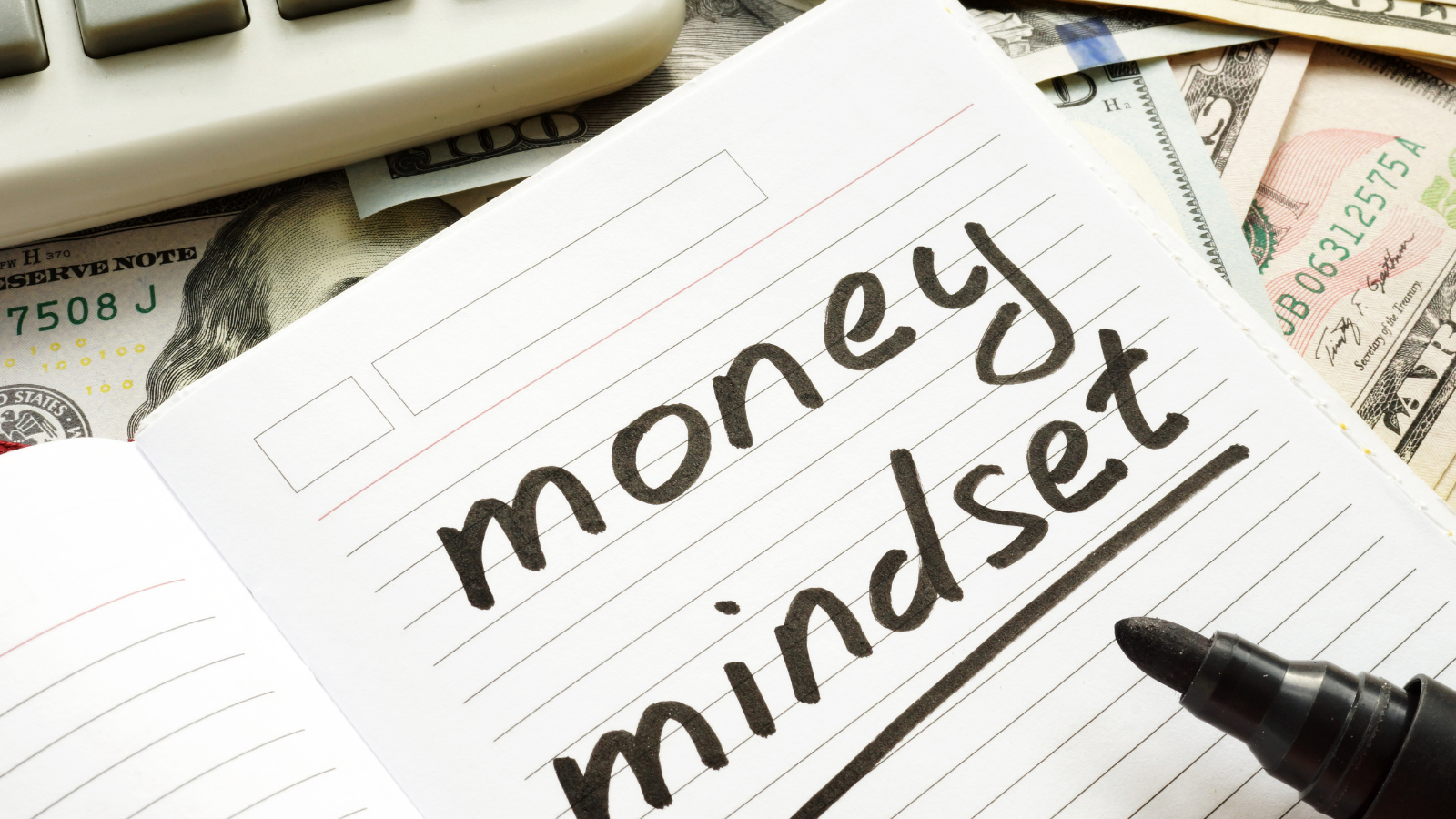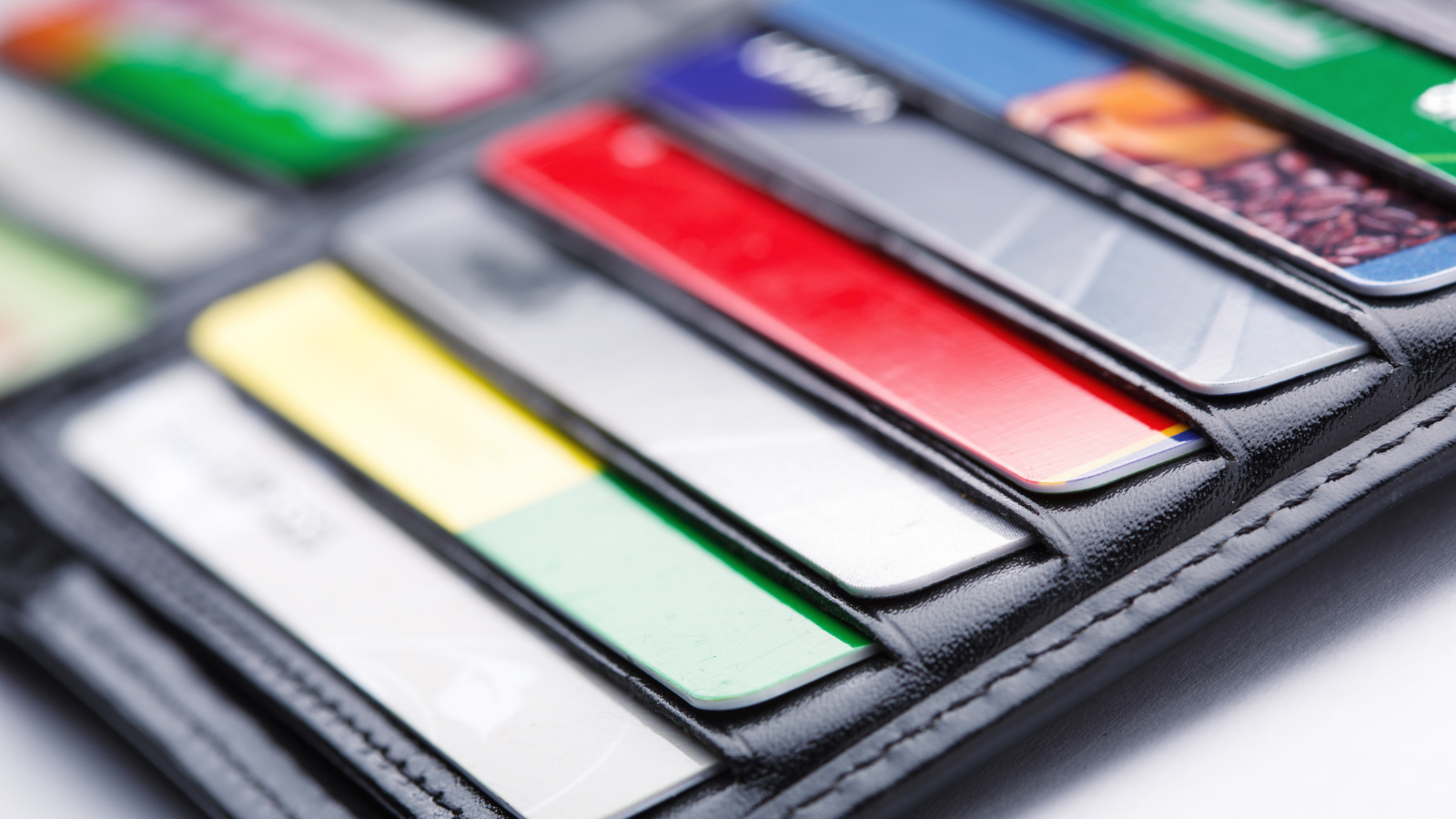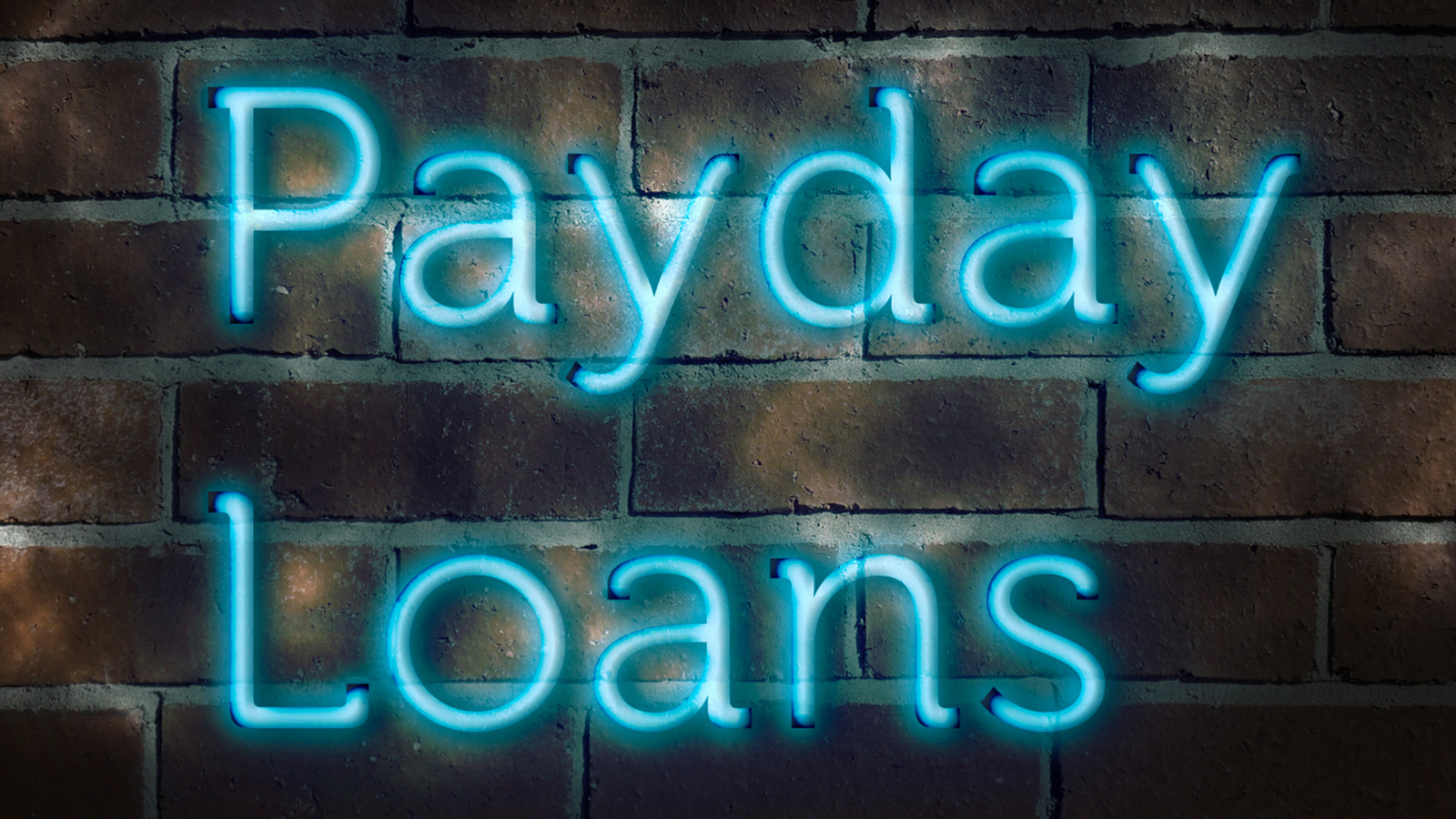Excessive Credit Card Debt is a serious problem faced by credit card holders and the credit card industry as a whole. However, we can’t just shut down the credit card industry just because of a few people who are in over their heads.
It’s actually more than a few, and you may be one of them. According to Debt.org, you are not alone. Consider these statistics about personal debt in America:
More than 191 million Americans have credit cards.
The average credit card holder has at least 2.7 cards.
The average household credit card debt is $5,315.
Total U.S. consumer debt is at $14.9 trillion.
debt.org
As of now, the credit card companies just seem to be more focused in coming out with new products and getting customers enrolled in those products. And have very little focus on addressing the problem of excessive credit card debt in this country.
While it’s nice to consider that credit card companies would put policies in place to help their cardholders, it’s not something we should hold our breath for. Handling credit responsibly is our own responsibility.
If you are facing excessive credit card debt, know you are not the only one fighting the credit card debt problem. There are millions of people who are being financially strangled by debt; all of them seeking to eliminate the credit card debt problem.
So what is the solution to credit card debt problem? The answer is to use a proven strategy that works for you.
1) Choose Your Payment Strategy
Each of these strategies have their own pros and cons and may work better for some than others. The important thing is to choose a method and if it works, stick to it no matter what. If you choose one method and it doesn’t fit with your lifestyle, simply try another one.
- Choose the payment amount you want to pay each month and automate the payment. This is a powerful method because automation helps eliminate the excuses of falling into previously bad habits.
- Pay down your credit card debt using the avalanche method. With the debt avalanche method, you pay extra money toward the debt with the highest interest rate.
- Pay down your credit card debt using the snowball method. With the debt snowball method, you pay down the smallest debt first and work your way up, regardless of the interest rate.
- Pay more than the minimum payment each month. Credit card issuers give you a monthly minimum payment, generally 2% to 3% of the balance, to make sure you’re making timely payments. Just know this is more to serve them in the hefty interest payments than it is for your ease. The longer it takes you to pay, the more money they make.
2) Mind Your Spending Habits
Credit card debt reduction starts with reducing the purchases you make using your credit card. So, the first trick for credit card reduction is to go shopping without your credit card and carry cash or use your checking account’s debit card.
This method isn’t telling you to stop shopping altogether but creating better shopping habits and allowing your credit cards to work for you instead of against you. Make sure when you do use your credit card, it’s for a purpose like getting rewards and not because you don’t have the money to pay for it.
Related: Healthy Financial Habits Anyone Can Do
3) Get a Bird’s Eye View of Your Debt
Make a list (or spreadsheet) with the following columns: Credit card name, balance, payment due date, APR, reward points earned, redemption offers applicable for your reward points balance, and misc notes.
Fill your table up with data from your various credit cards. This allows you a bird’s-eye view to help you figure out which credit card is contributing the most to the credit card debt problem i.e. highest APR and highest balance.
Check if reward points can be used to make partial payments or cover any kind of fees or if the points can be bartered for something you need (spending less means preventing the credit card debt problem from getting worse).
4) Consider Debt Consolidation
The other effective way of reducing credit card debt is debt consolidation. This is basically consolidating debt from high APR credit cards to a low APR ones. So this credit card debt reduction measure works by reducing the rate at which your credit card debt grows.
It also gives you a breather in the form of a short initial period when the APR is 0%. Besides credit card debt reduction, debt consolidation also brings some additional benefits which are rewards offered by the new credit card supplier.
5) Work with Your Creditors Directly
Asking your current credit card provider for help in credit card debt reduction is also an effective debt reduction method. You can do this by requesting a lower APR.
If your issuer offers a hardship program, it may provide relief when circumstances beyond your control like unemployment or illness impact your ability to manage payments. Whether you negotiate with your issuer or accept the terms of a hardship program, either option could lead to more affordable interest rates or waived fees, depending on the issuer.
6) Look for alternative means of adding to your income
When you’re trying to pay down your credit card debt, it can be hard when you’re living on a lower income or living above your means. Finding ways to increase your income or finding free money can be very helpful to use the additional income to pay down the debt.
Remember these methods are effective but also must work with your unique lifestyle. You might even create your own approach to eliminating your credit card debt problem. Any and every approach is good if it works!
If you are consistent and practice controlled and healthy spending habits (after all you are looking to get rid of credit card debt problem and not aggravate the credit card debt problem). You will soon see your debt reduce with time and celebrate the day when you finally put an end to your credit card debt problem.
